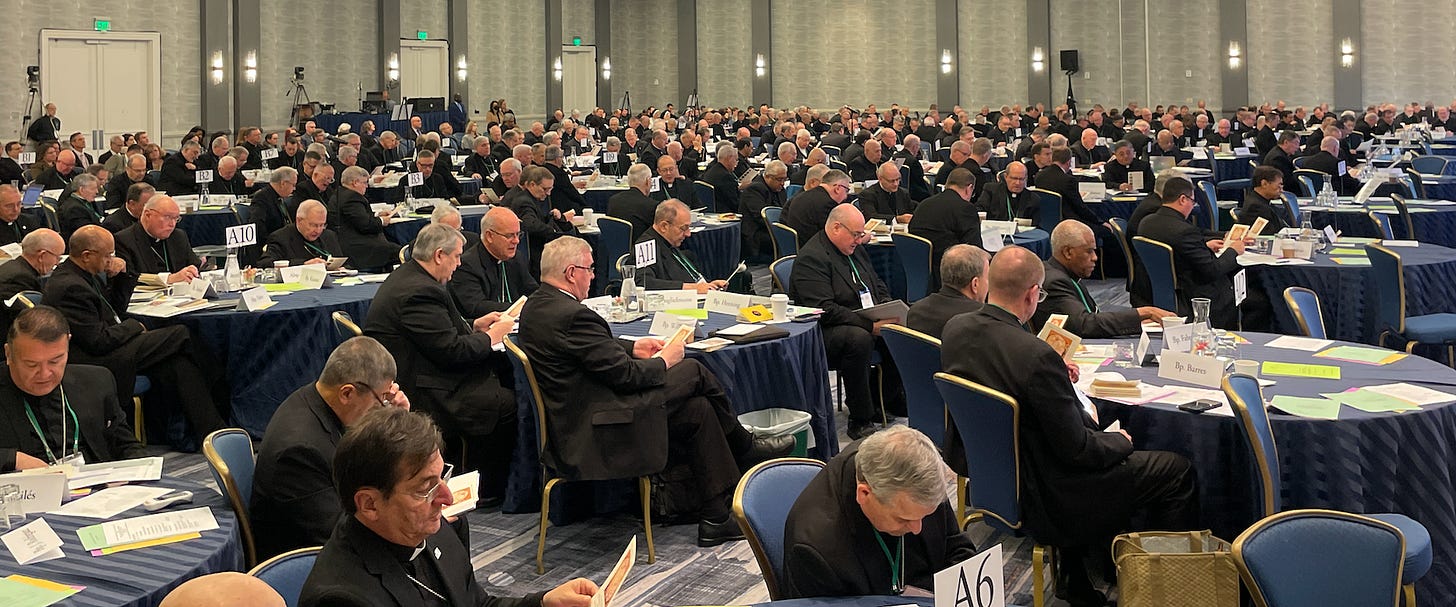Bishops propose Catholic education ‘varium’ to CCHD
'In terms of breaking the cycle of poverty — what’s the most effective way to do that?'
Nearly two dozen U.S. bishops have petitioned the USCCB to reshape the Catholic Campaign for Human Development, with a focus on providing scholarships to Catholic schools.

One signatory to the request told Th…
